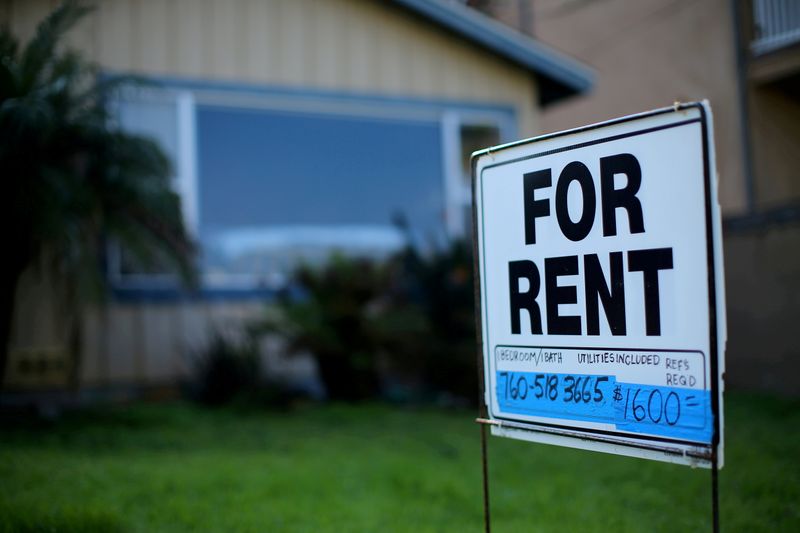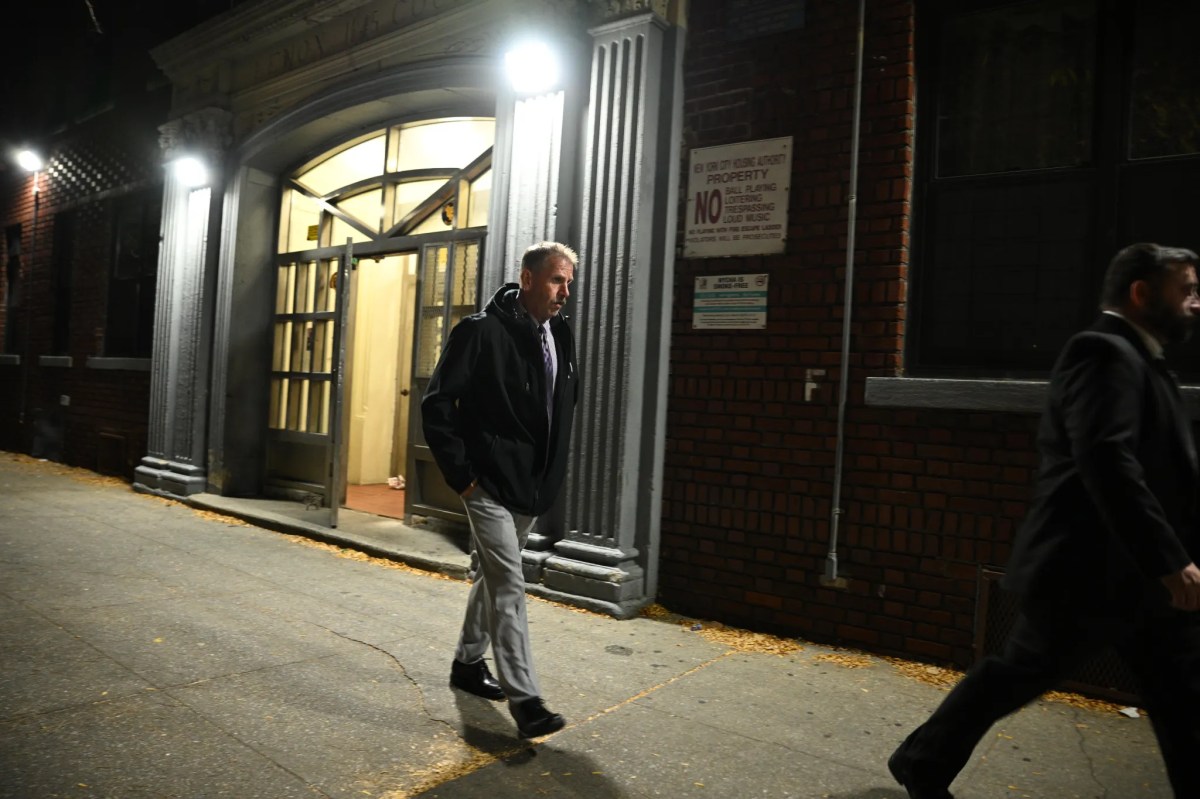WASHINGTON (Reuters) – U.S. home sales unexpectedly rose in October, reaching their highest level in nine months, though higher prices amid tight supply continued to sideline first-time buyers from the market.
The report from the National Association of Realtors on Monday also showed an increase in the share of investors buying homes last month, likely reflecting growing demand for rental accommodation as the economy reverts to normal, thanks to vaccinations against COVID-19.
“Home sales remain resilient given the extremely tight supply of homes for sale,” said Shannon Brobst, an economist at Moody’s Analytics in West Chester, Pennsylvania. “Potential home buyers will continue to find it challenging to find a home that meets their budget.”
Existing home sales rose 0.8% to a seasonally adjusted annual rate of 6.34 million units last month. The second straight monthly increase lifted sales to their highest level since January. Economists polled by Reuters had forecast sales falling to a rate of 6.20 million units.
Sales rose in the most affordable Midwest region and the densely populated South, but fell in the Northeast and were unchanged in the West, which is the most expensive region.
Home resales, which account for the bulk of U.S. home sales, dropped 5.8% on a year-on-year basis. The annual decline was, however, distorted by the surge in sales in October 2020.
Last month’s sales pace was well above the 5.64 million units sold in 2020 and 5.34 million units in 2019.
First-time buyers accounted for 29% of sales, up from 28% in September and down from 32% a year ago. Individual investors or second-home buyers made up 17% of transactions. That compared to 13% in September and 14% a year ago.
Stocks on Wall Street were trading higher, with the S&P 500 and the Nasdaq hitting record highs after President Joe Biden picked Federal Reserve Chair Jerome Powell to lead the U.S. central bank for a second term. The dollar rose against a basket of currencies. U.S. Treasury prices fell.
Existing home sales: https://graphics.reuters.com/USA-STOCKS/dwvkremzepm/ehs.png
EXPENSIVE HOMES
Sales soared over the summer of last year amid an exodus from cities to suburbs and other low-density locations as Americans sought more spacious accommodations for home offices and online schooling during the pandemic.
With vaccinations allowing workers to return to offices and schools to reopen for in-person learning, the pandemic tailwind has subsided. Sales have declined from a peak 6.73 million unit-pace in October 2020, but demand for housing remains strong and continues to run against modest supply.
The median existing house price increased 13.1% from a year earlier to $353,900 in October. Sales were concentrated in the $250,000-$500,000 price range.
“While competition for homes has eased somewhat since the mania months earlier this year, competition is still fierce and prices are still rising at double-digit rates,” said Robert Frick, corporate economist at Navy Federal Credit Union in Vienna, Virginia. “The problem is especially acute for lower-income buyers given prices and home availability are still skewed toward higher-priced homes.”
There were 1.25 million previously owned homes on the market in October, down 12% from a year ago. Last month, properties typically stayed on the market for 18 days. That compared to 17 days in September and 21 days a year ago. Eighty-two percent of homes sold in October were on the market for less than a month.
Government data last week showed a sharp decline in single-family homebuilding in October and the largest backlog of houses yet to be constructed in 15 years because of shortages of materials and labor. That could boost housing inventory when the supply constraints ease.
At October’s sales pace, it would take 2.4 months to exhaust the current inventory, down from 2.5 months a year ago. A six-to-seven-month supply is viewed as a healthy balance between supply and demand.
(Reporting by Lucia Mutikani; Editing by Dan Burns, Chizu Nomiyama and Andrea Ricci)






















